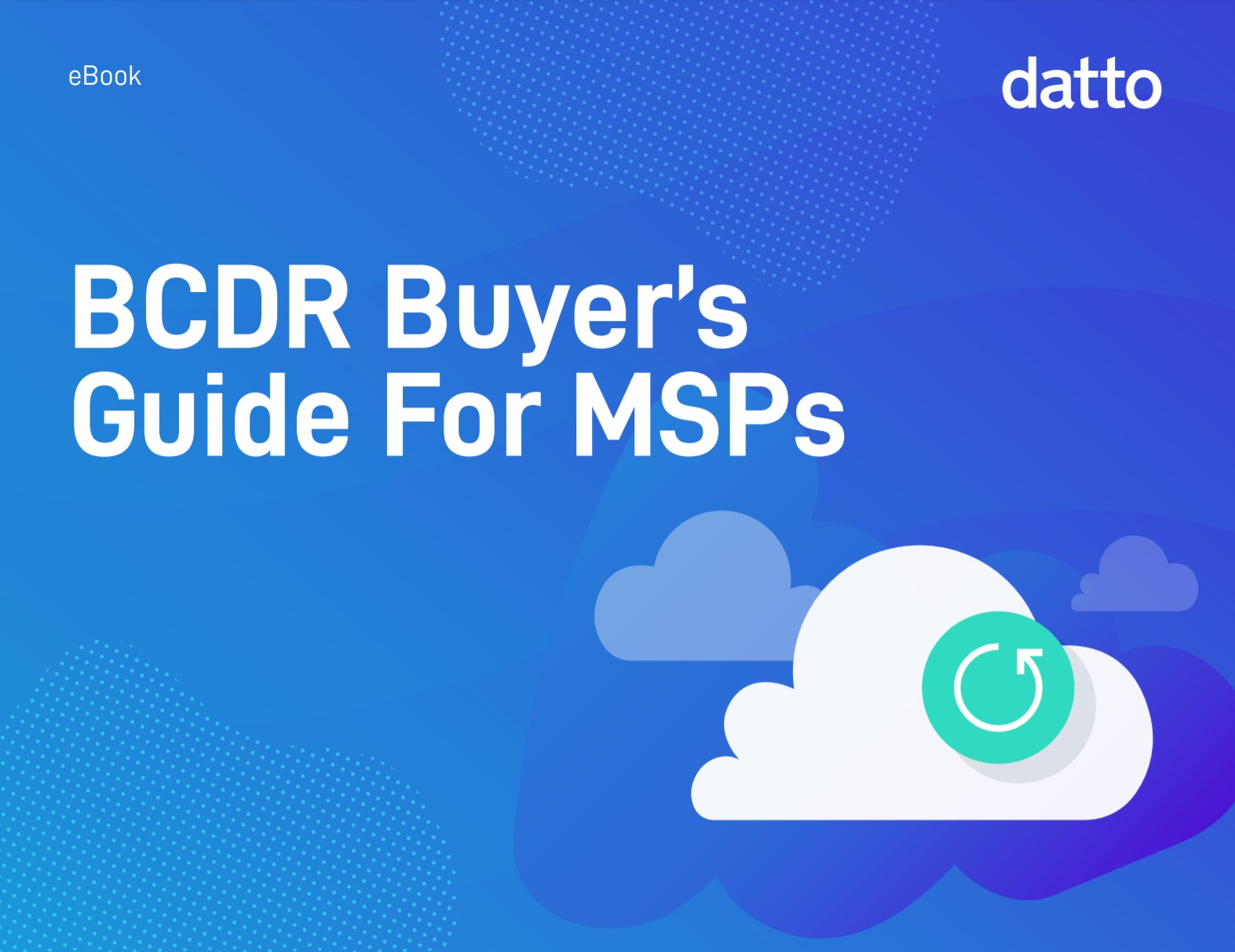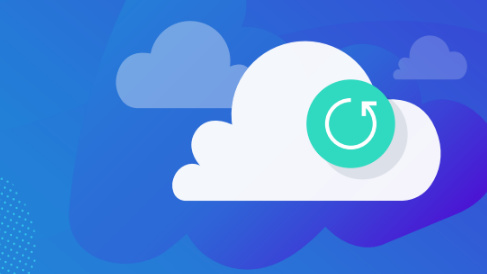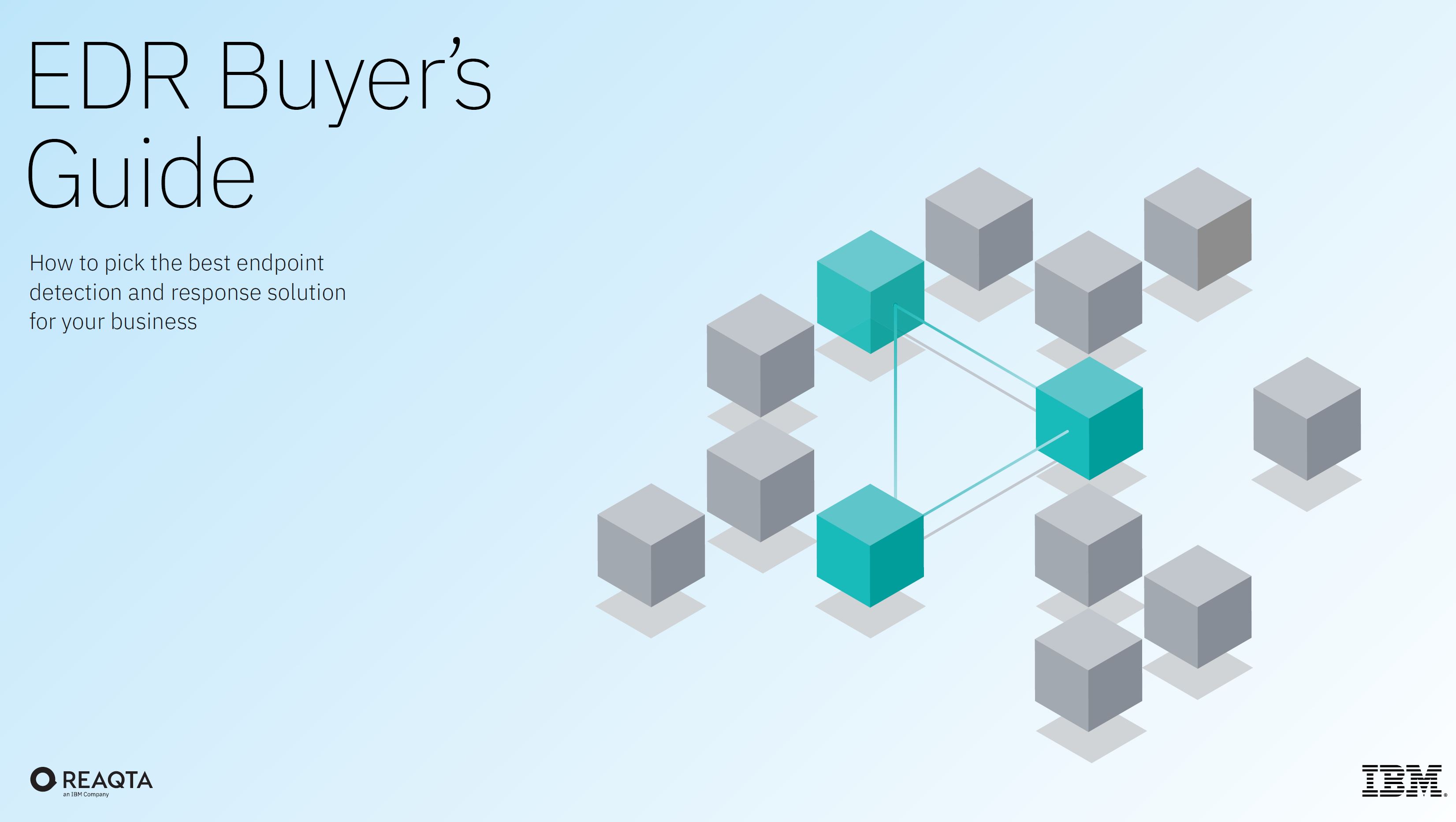How to enhance your backup strategy
Build a backup strategy that restores lost data when disaster strikes

Enterprise data volume is growing exponentially on a global scale, and developing a robust backup strategy is becoming a key strategy for IT leaders. For many, backups, restores, and data recovery operations are some of the most important tasks that an organization's IT department performs.
A backup strategy is the lynchpin of an overall business continuity strategy. The purpose of a business continuity strategy is to maintain a minimum level of service while restoring an organization to business as usual when a disaster happens.
Smaller and mid-sized companies can struggle to find time to design an optimal backup strategy. Backup technologies and best practices have improved dramatically in recent years. Read on and discover a few tips that will help you boost your backup strategy, irrespective of where your organization's strategy is.
Consolidate multiple backup solutions onto one platform and prioritise backup efficiency
Organizations have turned to multiple-point solutions for backup and recovery because of increasingly complex IT environments. For example, a company might need to have separate backup systems for physical Windows and Linux servers. Non-integrated backup infrastructure is costly and difficult to manage, but you can consolidate these backup workloads onto a single platform.
Non-integrated backup infrastructure leads to slow file restoration time, and this is usually a tell-tale sign of backup inefficiency. Often, the issue lies with having implemented a solution that doesn't cater to the exact needs of the business or having a plan that lacks the detail and granularity required for optimum efficiency.
Therefore, it's important to switch to a recovery process that isn't simply based around just getting everything up and running regardless of system intricacies. Instead, it's best to draw up a more detailed and sophisticated plan around specific systems, applications, and data - which will then help get the business back up and running quickly and efficiently.
A backup product that integrates directly into these existing systems will aid the process greatly, as every integration point helps improve efficiency, organization, and ultimately productivity.
Get the ITPro daily newsletter
Sign up today and you will receive a free copy of our Future Focus 2025 report - the leading guidance on AI, cybersecurity and other IT challenges as per 700+ senior executives
Be predictable and utilize the 3-2-1 backup strategy
Using consistent backup processes and testing frequently using a standard testing procedure will give reassurance that backups have been run and tested properly. This will mean far fewer issues should a recovery situation arise.
Having documented processes that can be repeated easily across your business will reduce your response time, lower your support costs, and ultimately minimize downtime.
Following the 3-2-1 backup rule is a good approach: keep at least three copies of a data set, store backup copies on at least two different media, and keep one of the backup copies off-site.
Think of backup as a daily practice
In a Solarwinds MSP survey, 32% of respondents admitted to not carrying out daily backups. Yet in the event of a serious crash, days or weeks of data could be lost.
Backup is not just extra copies of data. The real goal is disaster recovery. If backups are performed regularly, it will dramatically cut down on recovery times in the event of an incident, as it will be easier to locate exactly which backup will address the data loss incident.
The underlying theme is about changing the way your business approaches backup. By using simple and structured service offerings, running repeatable and consistent backup jobs, and using integrated solutions, you can make significant improvements to your organization's backup processes.
Don't assume you're covered
Organizations are increasingly utilizing SaaS productivity suites such as Office 365 and Google Drive to manage their workflows. While these applications offer a range of benefits from collaboration to efficiency gains, they harbor a secret: they don’t back up your data, going against the common assumption that they’ve got you covered.
RELATED RESOURCE

BCDR buyer's guide for MSPs
How to choose a business continuity and disaster recovery solution
Cloud providers can protect data to an extent. Issues occurring on their side, such as disk failures or natural disasters, are covered, but they are unable to help with issues on the customers' side. Ransomware attacks or deletions by employees (either accidentally or maliciously) aren’t accounted for, meaning data restoration would be very difficult.
As platforms, productivity suites are generally secure. But even still it’s worth looking into additional backup, as their backup specifications are often found to be lacking compared to the requirements of most organizations. For instance, Office 365 only operates a 14-day retention period, with Microsoft SharePoint Online backed up every 12 hours, creating a gaping window for potential loss.
It’s worth your time to take backup into your own hands, at least to some extent. Backing up second copies of cloud data locally would permit efficient restoration in the occurrence of an incident on your side. It would also help align the business with compliance regulations and internalize control in an increasingly unpredictable digital landscape.
Keep up to date with changes in backup technology
Backup isn't a new idea, but the danger of it being a familiar process is that it's easy to take things for granted. But even technologies as familiar as backup continue moving forward, and ways of doing it get better, easier, faster, and less expensive. One example is cloud-first backup solutions, which are becoming a cost-effective way to store copies of data offsite and reduce local storage requirements.
Determine what needs saving
If anyone could imagine the perfect backup strategy, its scope of coverage would likely range from unlimited quantities of data to bytes hidden underneath software. However, this idealistic scenario is seldom attainable and, for many enterprises, it means that compromise is key.
You're likely aware that developing and sustaining second copies of every single piece of information is expensive and time-consuming. A common example of this is hard drives, which are most often weighed down by having to contain the device’s operating system as well as the program files chosen by the users. Neither needs to be constantly backed up – in fact, they can often be re-installed from other sources.
If the chosen backup strategy doesn’t exclude this type of data, an amount that is likely to be large, if not exuberant, the receipt for this kind of service will be priced proportionally. Simply put, your company’s finance team might not be pleased.
This is why, to optimize a given backup strategy, it’s important to first sift through all the data, folders, and files, and categorize them based on how crucial they are to the functioning of the organization. For instance, it's common for business assets that a company usually cannot afford to risk losing, including database and accounting files, to be backed up every day.
The second-most critical business assets, which can include anything from folders saved in 'Documents' to important email data, should be backed up at least once a week. Anything beyond this is usually up to the individual needs of the business and should be decided based on what the company values most or is essential to its operations. A smaller volume of second copies can also make the recovery and restoration of lost files faster and easier.
-
 Bigger salaries, more burnout: Is the CISO role in crisis?
Bigger salaries, more burnout: Is the CISO role in crisis?In-depth CISOs are more stressed than ever before – but why is this and what can be done?
By Kate O'Flaherty Published
-
 Cheap cyber crime kits can be bought on the dark web for less than $25
Cheap cyber crime kits can be bought on the dark web for less than $25News Research from NordVPN shows phishing kits are now widely available on the dark web and via messaging apps like Telegram, and are often selling for less than $25.
By Emma Woollacott Published
-
 The threat prevention buyer's guide
The threat prevention buyer's guideWhitepaper Find the best advanced and file-based threat protection solution for you
By ITPro Published
-
 The business value of Zscaler Data Protection
The business value of Zscaler Data ProtectionWhitepaper Understand how this tool minimizes the risks related to data loss and other security events
By ITPro Published
-
 BCDR buyer's guide for MSPs
BCDR buyer's guide for MSPsWhitepaper How to choose a business continuity and disaster recovery solution
By ITPro Last updated
-
 Three essential requirements for flawless data protection
Three essential requirements for flawless data protectionWhitepaper Want a better CASB and stronger DLP? You have to start with the right foundation
By ITPro Published
-
 Anticipate, prevent, and minimize the impact of business disruptions
Anticipate, prevent, and minimize the impact of business disruptionsWhitepaper Nine best practices for building operational resilience
By ITPro Published
-
 Business value of ServiceNow security operations
Business value of ServiceNow security operationsWhitepaper Experience transformational gains from automating workflows and data-sharing among IT, security, and risk teams to rapidly remediate threats
By ITPro Published
-
 Top ten ways to anticipate, eliminate, and defeat cyber threats like a boss
Top ten ways to anticipate, eliminate, and defeat cyber threats like a bossWhitepaper Improve your cyber resilience and vulnerability management while speeding up response times
By ITPro Published
-
 An EDR buyer's guide
An EDR buyer's guideWhitepaper How to pick the best endpoint detection and response solution for your business
By ITPro Published